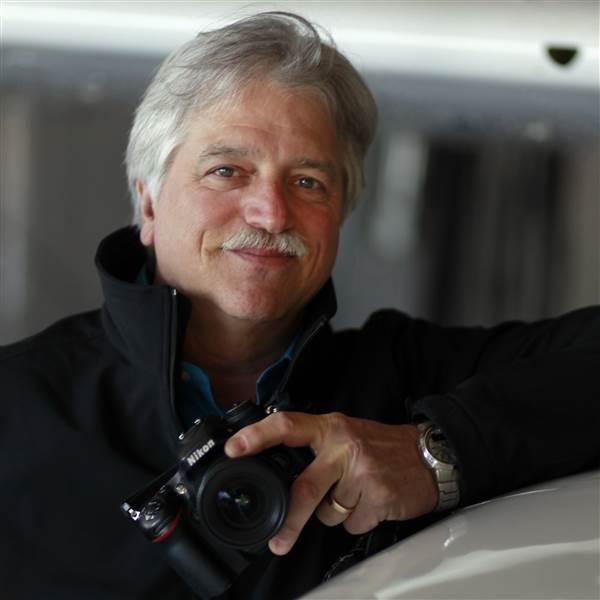Eccentric electric on tour
Beta Technologies CX300 cross-country flight

Next, is its physical presence—this is no slender beauty.
The squarish cabin with dual-booms and a massive elevator and rudder configuration—combined with its 50-foot wingspan—draws attention to the aircraft’s ultimate purpose as a cargo-hauler. Reconfigured with four cabin seats plus the two up front, future plans also include deployment as a people mover.
The single electric motor, rear pusher-propeller, tricycle gear design cruises at 105 knots with a range of about 336 nautical miles. Typical missions flown so far include flights consisting of one-hour legs, plus-or-minus 15 to 30 minutes.
Two crew (or an instructor and a trainee) occupy a somewhat bulbous flight deck outfitted with a Garmin G3000. Full dual controls are designed to help train new pilots. The ailerons and elevator utilize fly-by-wire technology and have dual control surfaces for redundancy.
Since the motor delivers the electric equivalent of over 500 horsepower, pilots must have a high-performance endorsement to fly it, Beta pilot Noah Ranallo said. He estimated most pilots with a high-performance endorsement “can fly this airplane after about 10 hours of training.” The electric motor has about 1,000 fewer moving parts “versus comparable legacy aircraft engines,” according to the company.
The pod-like aircraft recently visited Maryland’s Frederick Municipal Airport (FDK) to use the charging station operated by Signature Flight Support, marking the airport’s “first-ever electric aircraft landing,” said Andrew Moore, FDK airport manager, who was on hand to welcome Ranallo. Local pilots were drawn to the grasshopper-looking machine and peppered Ranallo with questions about performance, handling, and charging considerations.
He planned to plug into a ramp charger after a 15-minute flight from Leesburg Executive Airport in Virginia (JYO) and expected it would take “about 30 minutes” to top off the CX300’s batteries under normal circumstances. Pilots of the Beta CX300 use their smartphone and a QR code affixed to the charging station to begin the charge, similar to how electric car drivers use an app to charge their vehicles.

A fuselage port covered by a small door on the lower right belly is opened, a heavy-duty charging cable is clicked into place, and power begins flowing into the aircraft. A green light on the power port’s “nozzle” indicates electrons are flowing to the aircraft and the Garmin panel confirms the incoming charge. A static ground cable typical of avgas operations is not needed. Although a charging station glitch prematurely shut down FDK’s first-ever aircraft-charge, a mobile charging station truck, which followed the aircraft, completed the task. The company says the aircraft can be operated for $18 per flight hour, compared to $347 per flight-hour for a Cessna 208 Caravan—its perceived cargo competition.
AOPA President Darren Pleasance saw the commotion gathered around the unique aircraft parked near the AOPA ramp and came out for a look. Ranallo told Pleasance the plan was to fly New York’s Hudson corridor after stops in Pennsylvania, New Jersey, and other East Coast airports en route back to Beta’s Vermont headquarters. The East Coast swing included an audience with the FAA director of flight standards, General Aviation Manufacturers Association, the TSA, and others at the Leesburg airport. It followed a West Coast journey that included stops at Santa Monica and Edwards Air Force Base in California, before crossing the Rockies to Salt Lake City where Utah Department of Transportation officials participated in demo flights.
While the CX300 is a battery-powered fixed-wing aircraft, the company’s A250 uses the same basic design but adds four wing motors to the structure for vertical takeoff and landing (eVTOL) operations.
Ranallo said the company was flying the CX300 around the country “showing people what electric aviation and the future of flight will be.” He said the company expects the aircraft to be certified “sometime in 2026.” 

 beta.team/aircraft
beta.team/aircraft

